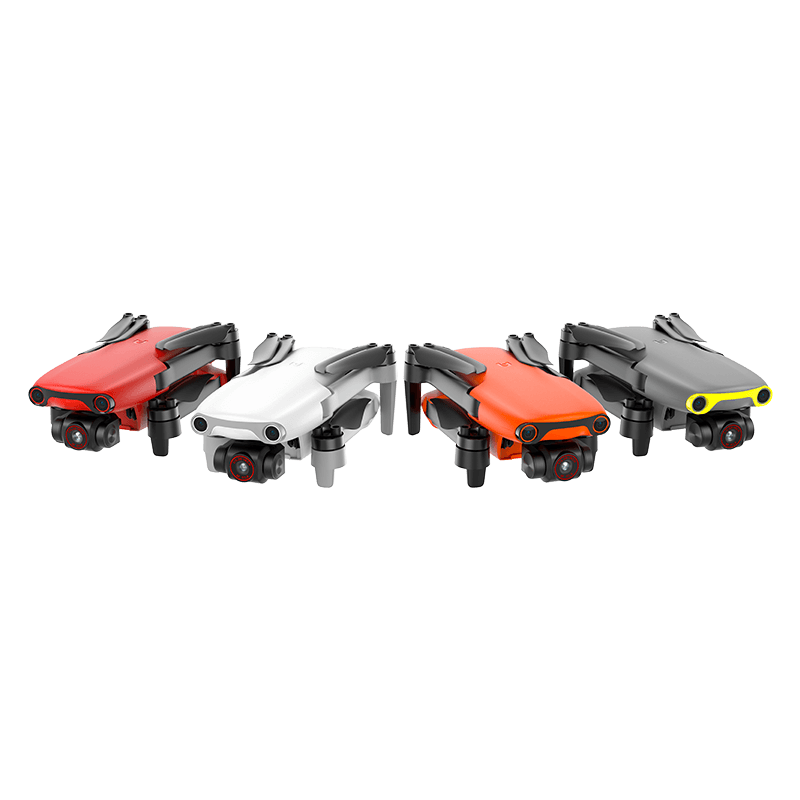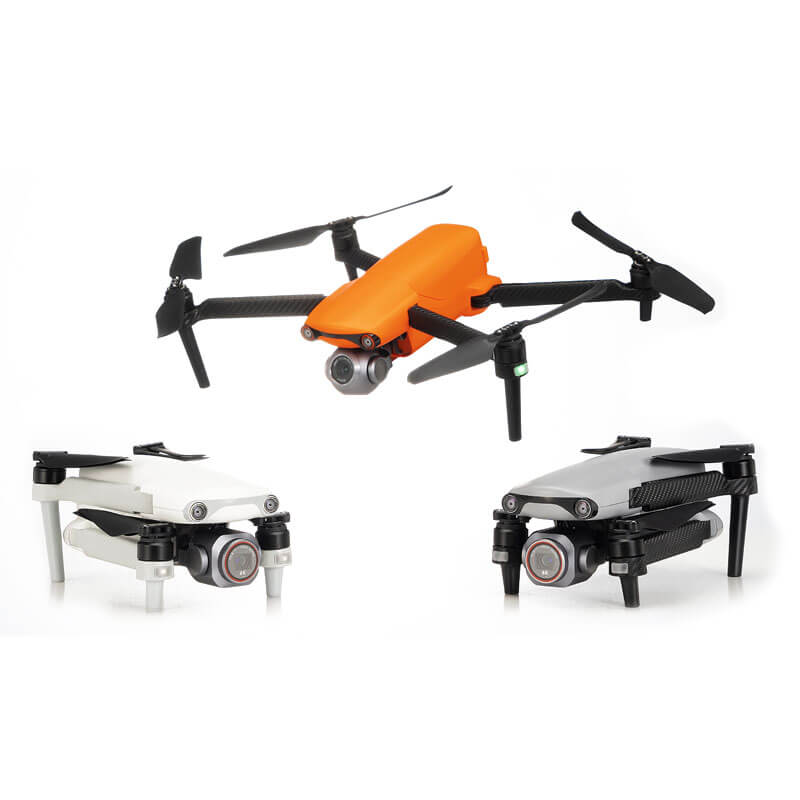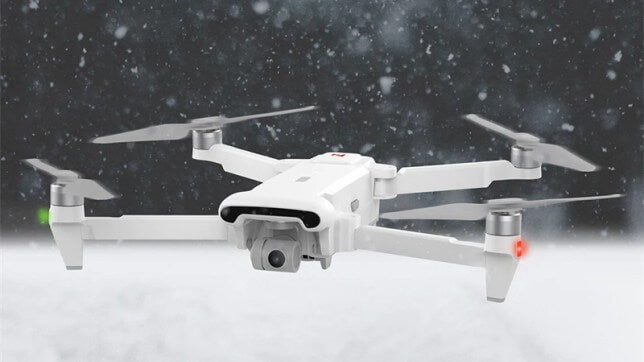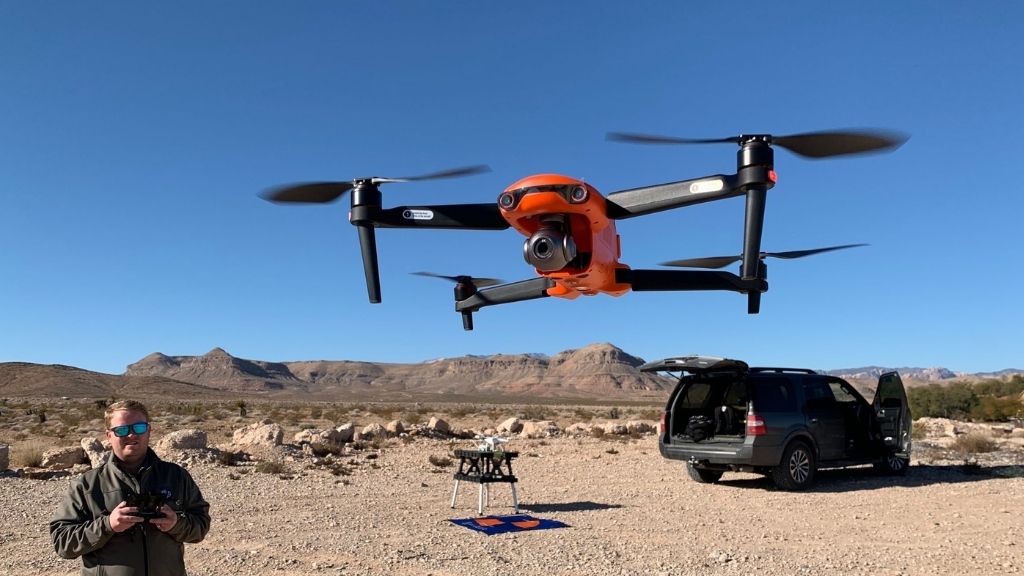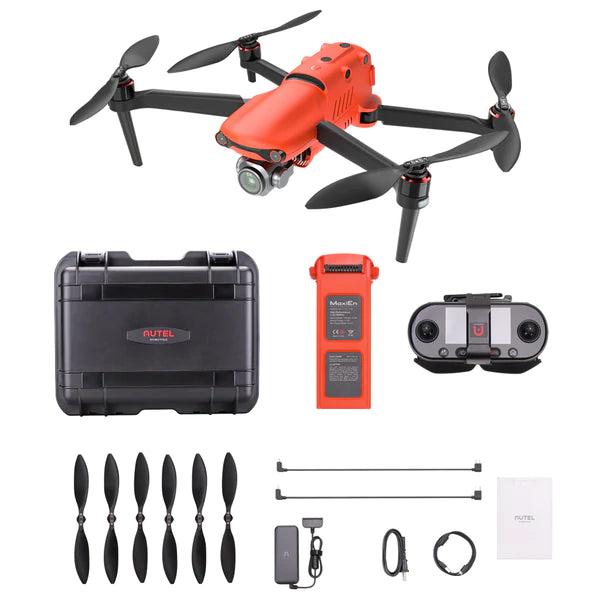Application of modern drone technology
An unmanned aerial vehicle or unmanned aerial vehicle, commonly known as a drone, refers to an aircraft with no human and pilot in it. A drone is an unmanned aerial system (UAS); which includes the drone, the ground controller, and the communication system between the two. The flight of the drone may be autonomous to varying degrees: controlled remotely by an operator or autonomously by an onboard computer called autopilot.
Drones were originally used for missions that were too dark, dirty or dangerous for humans. Although drones primarily originated in military applications, their use is rapidly finding more applications including aerial photography, product delivery, agriculture, policing and surveillance, infrastructure inspection, science, transportation, and drone racing.
Photojournalism and cinematography, express shipments, gathering information or providing necessities for disaster management, thermal sensor drones for search and rescue operations, geomapping of inaccessible terrain and locations, building security inspections, precision crop monitoring, unmanned cargo transportation , law enforcement and border control surveillance, storm tracking and forecasting of hurricanes and tornadoes, and more. More and more drones are being developed due to the massive investment pouring into this promising industry every day.
Judging from the consumer level of the most popular drones on the market, it is worth mentioning the Autel EVO Lite series. Let the EVO Lite drone be sought after.

The history of drone development and its current applications
Unmanned aerial vehicles have been developed for more than 20 years, but their origins can be traced back to World War I, when both the United States and France were developing unmanned aircraft. But over the past few years, drone adoption has expanded across industries across the globe, from the technically sensitive military sector to hobbyists around the world, and drone technology has grown at an astonishing rate over the past few years. Individuals, commercial entities, and government agencies have recognized drones for a variety of uses, including:
military drone technology
Military UAVs are widely used in today's world. They can act as target decoys and perform missions such as combat, research and development, and reconnaissance. UAVs have become an important part of the world's military power. Goldman Sachs recently released a report that drone spending will be the main driver of military spending growth in the next few years. Goldman Sachs estimates that global military spending on drones, which will play an important role in resolving future conflicts and replacing human pilots, will reach $70 billion in 2020.
Military spending will also see a bigger jump, as a U.S. Predator drone costs about $4 million, while the program's total spending is estimated to be closer to $2.4 billion. Drones will continue to be used in a variety of military operations because they can help reduce losses while performing high-profile and time-sensitive missions.
Commercial drone technology
Commercial drones are gaining steady momentum and have become a big topic of conversation as multiple industries are using drones as part of their day-to-day business functions. Between 2015 and 2020, the commercial and civilian drone market will grow at an annual rate of 19 percent, compared with 5 percent for the military, according to research firm BI Intelligence.
Commercial drones are still a nascent field, but they are already starting to see mergers and investments backed by industrial conglomerates, chip companies, IT consultancies, and large defense contractors. Currently, industry leaders remain a handful of early-stage manufacturers in Europe, Asia and North America. When custom commercial drones become cheaper, industry doors will be opened to add more new capabilities to drones in a wider niche. Advanced drones will soon be able to perform everyday tasks like automatically fertilizing farmland, monitoring traffic accidents, surveying hard-to-reach places, and even delivering pizza. Of course it's still not cheap.

Civilian drone technology
Civilian UAVs refer to aircraft that are not operated by onboard pilots, have their own flight control systems, and are engaged in non-military, police and customs missions, excluding model aviation, unmanned free balloons and hot air balloons.
For civilian drones such as easy-to-fly, beginner drones, you can consider the Autel EVO Nano series. The EVO Nano weighs less than 250 grams, so it can be flown directly in most countries without registration, but you also need to pay attention to safety. and avoid no-fly zones.
The specific requirements of different countries for non-commercial drones are divided into 4 categories.
One is that there is no need to report, just pay attention to safety and avoid the no-fly zone. This belongs to the majority, accounting for about 73%, most European countries, Australia, New Zealand, Hong Kong, Japan, Bermuda, Mexico, New Zealand, Singapore, South Africa belong to this category.
One is that you can fly after simple registration, accounting for about 5%, such as China, Ireland, Fiji, and Canada.
One is that the registration threshold has a certain height, but it can be done, accounting for about 12%, such as Macau, Gibraltar, Israel, Bosnia and Herzegovina, Dominia, Sri Lanka, Hungary, Austria, and the Philippines.
One is a complete ban on flying, or the threshold is relatively high and can be abandoned, accounting for about 10%, such as the United Arab Emirates, Russia, Thailand, Kosovo, Serbia, and Cuba.

